If you ask me why people create almost identical names for two different things, I’ll not give you a clear answer. Seriously, it is so confusing! Squalane vs. squalene is an ongoing debate. They are not the same, although both act as emollients, forming a protective film on top of the skin. Scroll down to learn more about these ingredients and their benefits.
What is Squalene?
Squalene (with an “e”) is a natural lipid synthesized by our liver and distributed throughout the body. In the skin, it mainly concentrates on sebum (13%) and surface lipids (10%). As a multifunctional compound, squalene forms a protective barrier, prevents moisture loss, and restores suppleness. The peak production of this compound occurs in the teen years and then slowly declines with age. As a result, the skin becomes drier and rougher after the 30s.
The current market offers a variety of cosmetic products with squalene that can effectively mimic our own. The most potent source of this compound is deep-sea shark liver, which is questionable because sharks have become our victims in the quest for beauty. According to the United Nations report, some sharks fished for their oil present on the International Union for the Conservation of Nature’s Red List. Luckily, there are plant-based alternatives, such as olives, amaranth seed, sugarcane, rice bran, and wheat germ. They have squalene but in low concentrations and are less potent.
What is Squalane?
Squalane (with an “a”) is a derivative of squalene obtained by hydrogenation. Compared to its natural form, squalane is more stable when exposed to oxygen. That means it greatly extends its shelf life and can be stored longer in beauty products. Besides, a hydrogenated molecule of squalane is softer and thinner, which makes it easy to penetrate the skin. Finally, it doesn’t clog the pores and can perfectly suit oily skin.
Squalane vs Squalene: The Differences
Squalane includes all the same intensely hydrating benefits of squalene but with additional “upgrades.” It is stable, non-greasy, and fast-absorbing. Thus, before it can be used in skincare products, all squalene must be hydrogenated into stable squalane.
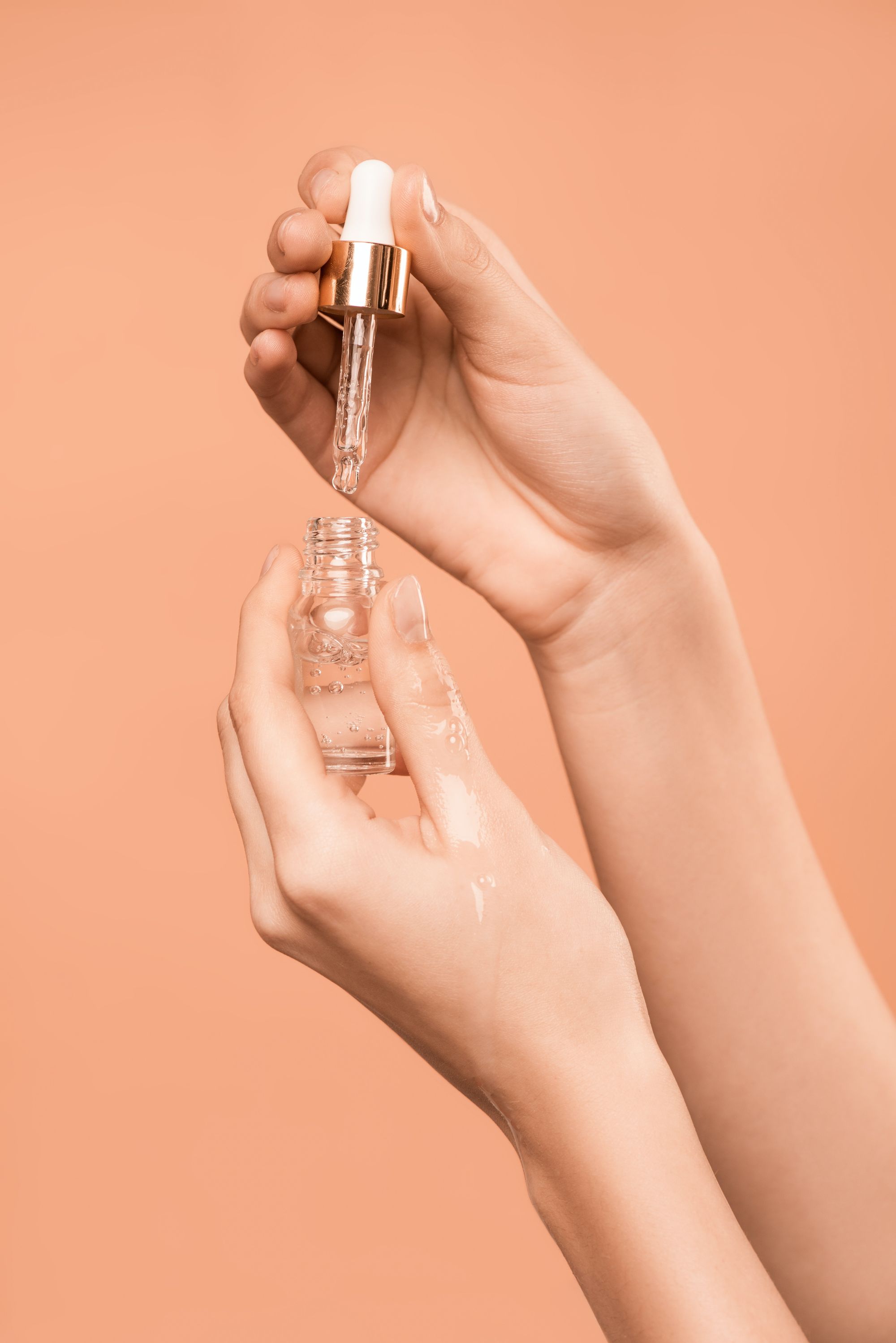
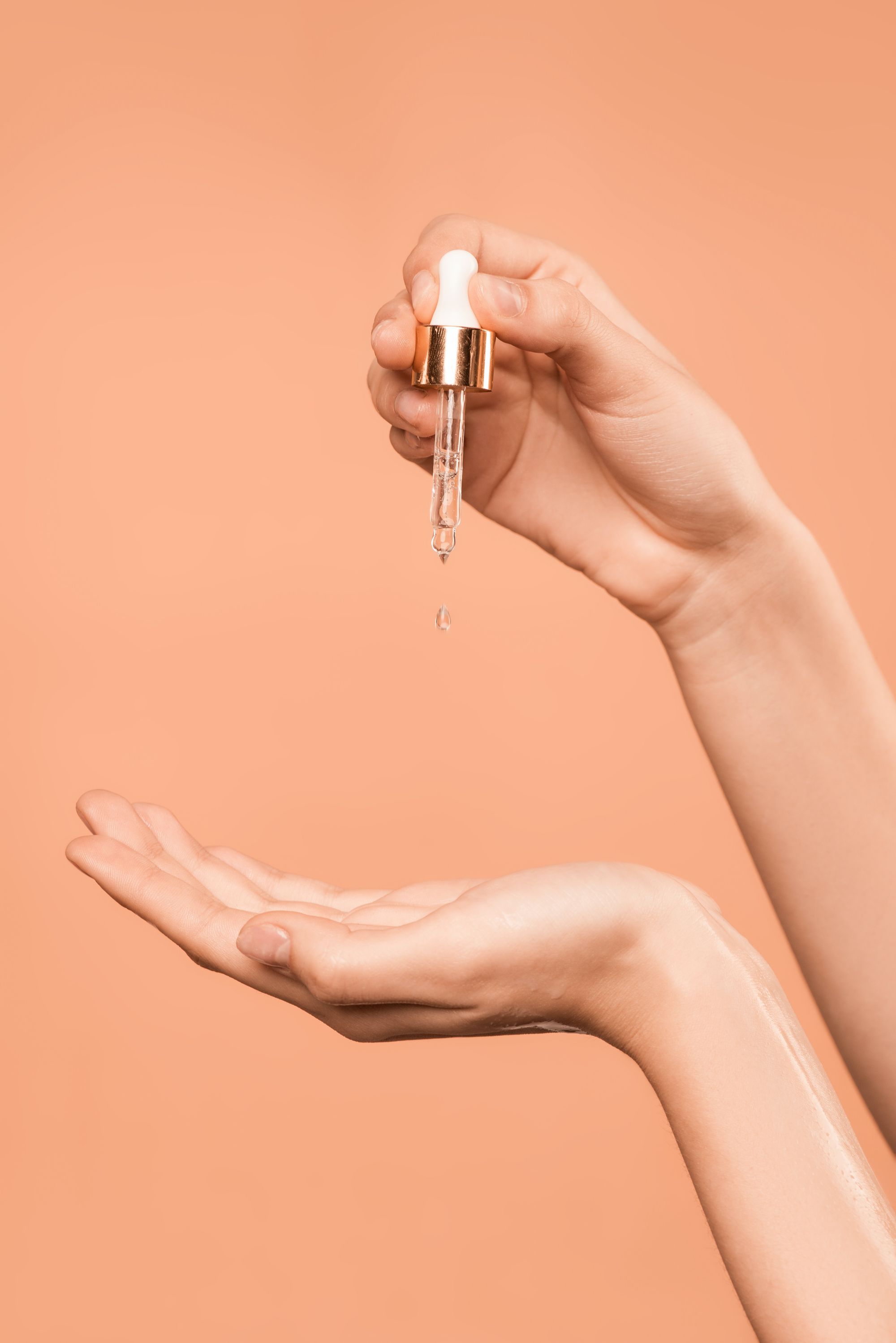
What are the Skin Benefits of Squalane?
Squalane has millions of benefits for the skin. Since it is pretty similar to a natural component of sebum, this ingredient retains moisture and improves texture. Squalane absorbs deeply and quickly, making it one of the most effective compounds for dry skin.
Squalane strengthens the barrier and protects the skin from sun radiation. It also acts as an anti-aging agent, helping to lessen the appearance of fine lines and wrinkles. Finally, squalane is responsible for transporting active ingredients, making it easy to treat skin disorders like dermatitis, acne, or psoriasis.
How to Use Squalane?
Squalane is a versatile ingredient that suits all skin types and can be combined with any cosmetic product. It is best to use it if your skin experiences roughness, dryness, redness, and irritation. Also, squalane is used to restore the skin barrier after cosmetic procedures like acid peels and dermabrasion. It is a popular compound; you can find it in moisturizers, face masks, eye creams, lip balms, and cleansers.
Best Products with Squalane
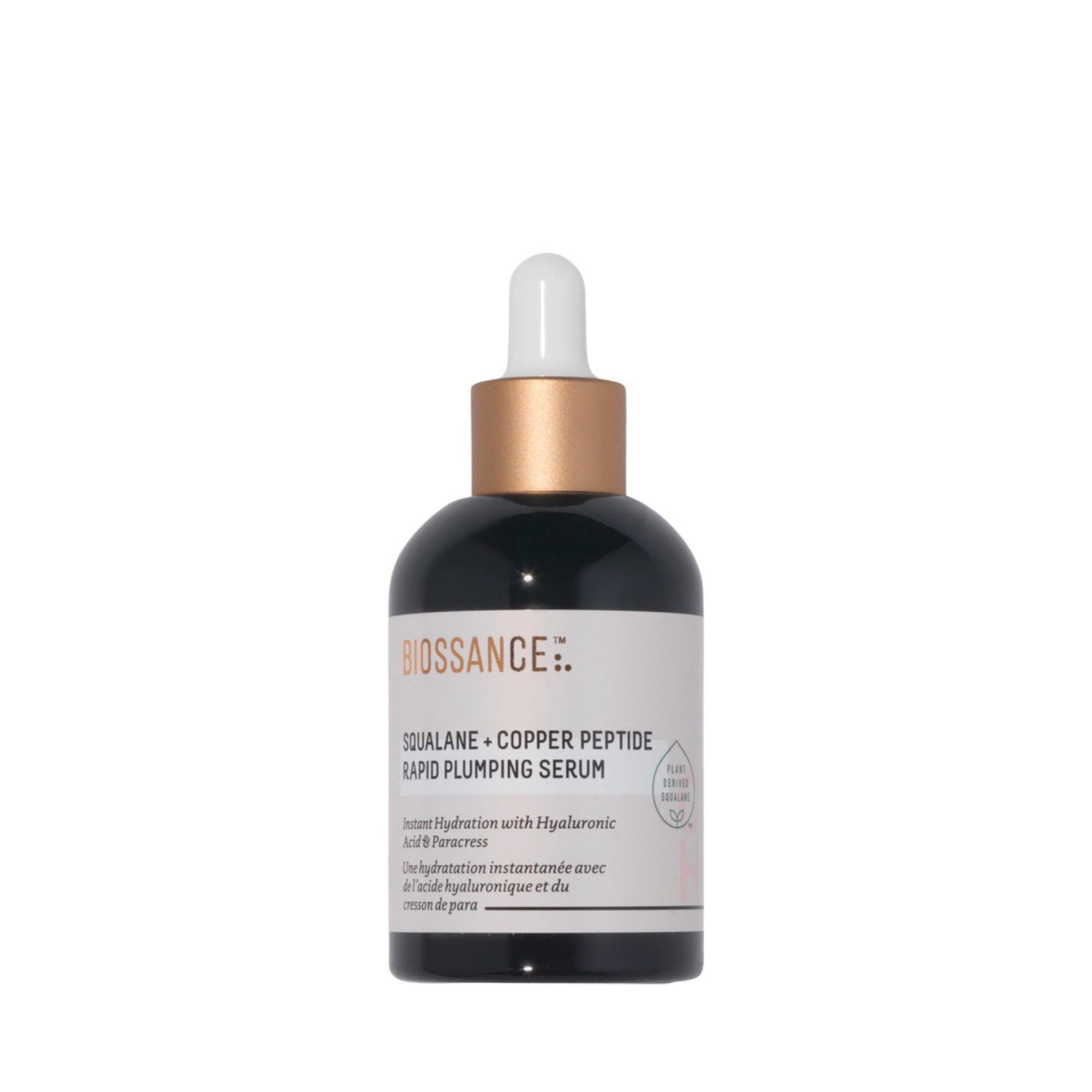
This weightless goodie is kind of a one-way ticket to hydrated, healthy-looking skin. While it boasts the squalane, it also features copper peptides that enhance collagen synthesis and offer a plumping effect. Use it alone or under oils if your skin is dry. Vegan, paraben- and fragrance-free.
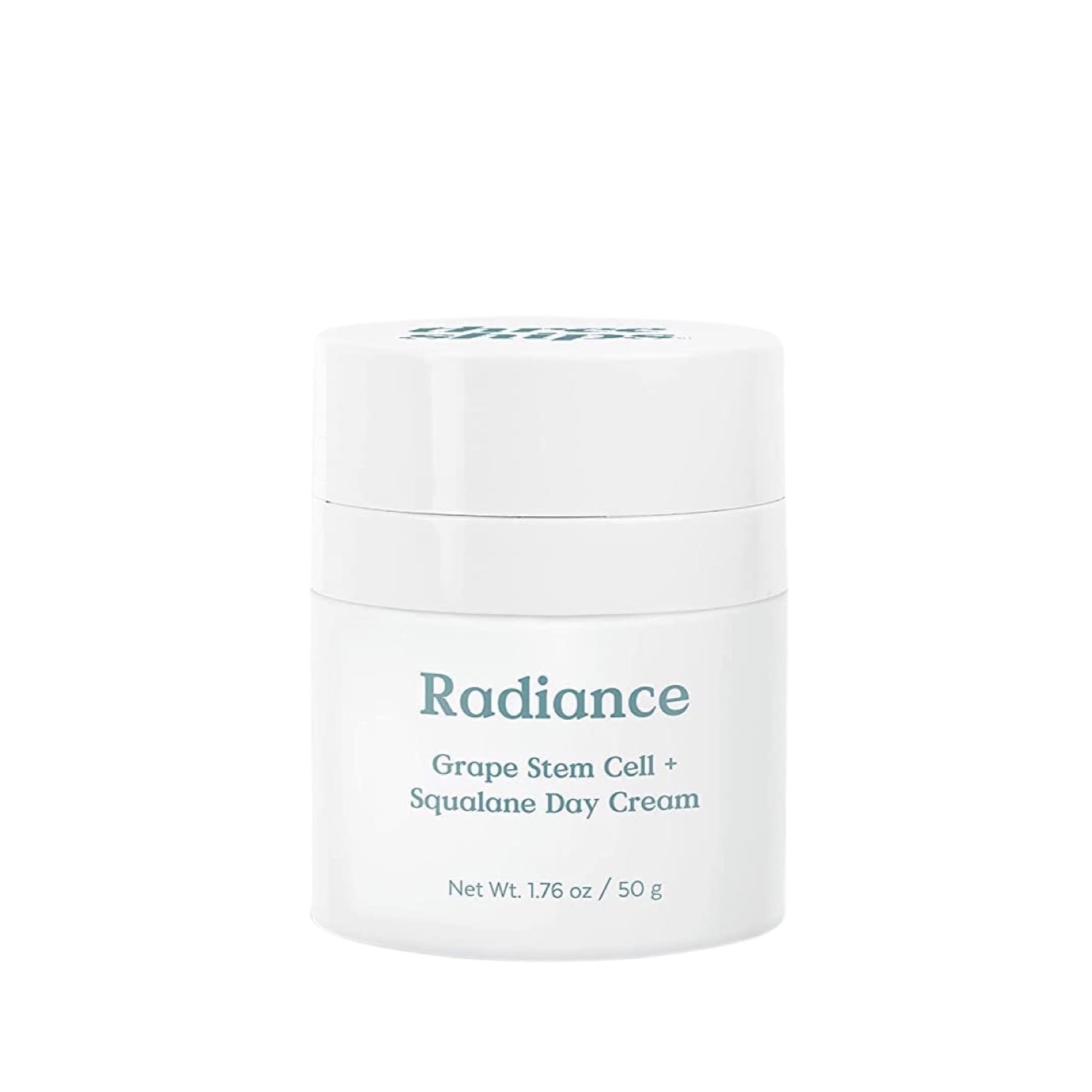
Three Ships Radiance Grape Stem Cell + Squalane Day Cream needs no introduction because it has already earned a lot of positive reviews from loyal customers. This science-backed formula is made of our lovely squalene, protective grape stem cells, and hydrating prickly pear and argan oils. Vegan and pregnancy-safe. The cream hydrates the skin, reduces the appearance of fine lines, and brightens and evens the complexion.
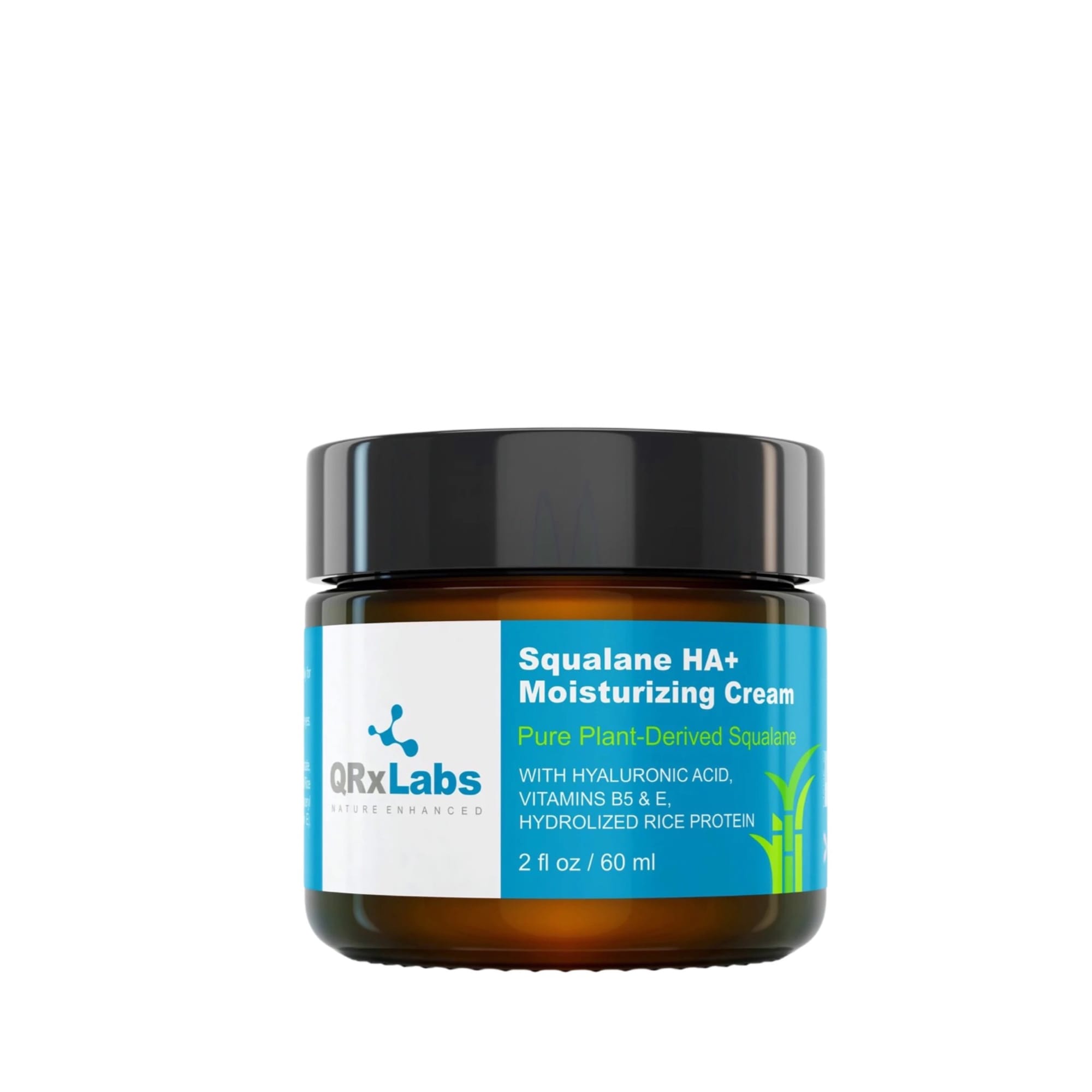
QRxLabs Squalane HA+ Moisturizing Cream contains 100% pure vegan squalane approved by ECOCERT. It is silicone- and paraben-free. This cream is also packed with hydrating hyaluronic acid, nourishing hydrolyzed rice protein, soothing vitamin B5, and protective tocopherol. It doesn’t leave a greasy feel and is compatible with any skin type, including acne-prone.
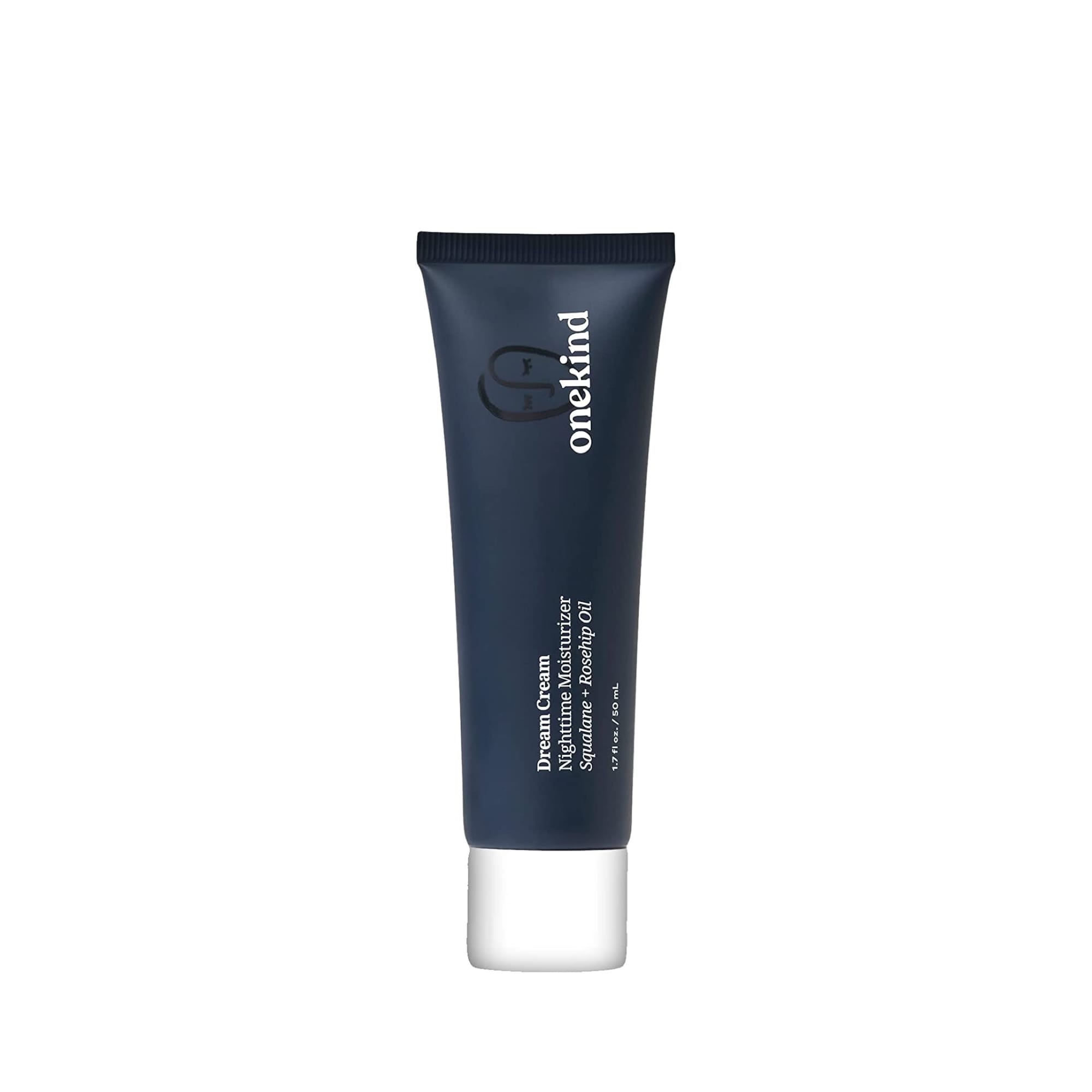
Onekind Nighttime Moisturizer is an anti-aging product packed with soothing shea butter, regenerative rosehip oil, and, of course, our lovely hydrating squalane. When applied to the skin, it locks in moisture and antioxidants to promote regeneration and reduce the appearance of fine lines. Non-greasy. It doesn’t contain any additives, fillers, or artificial fragrances.

